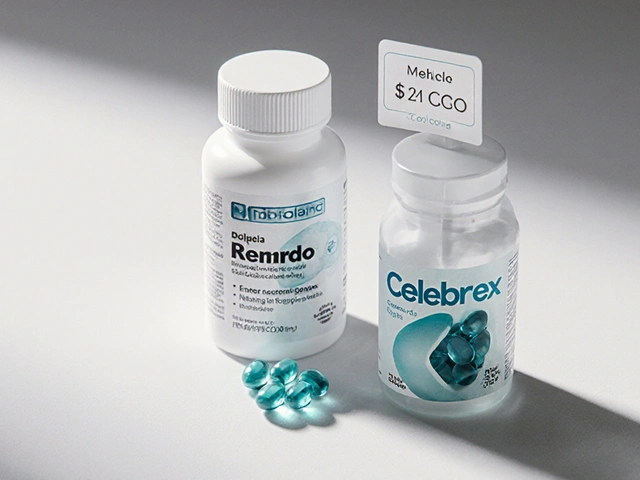Wheat Bran: What It Is and Why It Matters
Wheat bran is the outer layer of the wheat kernel that gets stripped away when flour is refined. It’s packed with insoluble fiber, B‑vitamins, iron and zinc. Because the fiber stays whole, it moves through your gut relatively untouched, which is why it’s a favorite for people looking to improve digestion.
One cup of wheat bran contains about 12‑15 grams of fiber – that’s almost half the daily recommendation for most adults. Adding that amount can help keep you regular, lower cholesterol, and even support steady blood‑sugar levels. The best part? It’s inexpensive and easily found in most grocery stores.
Why Wheat Bran Matters
First off, the fiber in wheat bran is mostly insoluble. That means it adds bulk to stool and speeds up the transit time in your intestines. If you’ve ever felt bloated or struggled with constipation, a spoonful of wheat bran in your morning cereal can make a noticeable difference within a few days.
Second, the soluble components can bind to cholesterol in the digestive tract, helping your body excrete it instead of re‑absorbing it. Studies show people who add wheat bran to their diet often see a modest drop in LDL (“bad”) cholesterol after a few weeks.
Third, the micronutrients in wheat bran, especially magnesium and B‑vitamins, support energy production and nerve function. While you won’t replace a multivitamin with bran alone, it’s a simple way to boost your nutrient intake without extra pills.
How to Include Wheat Bran in Your Diet
Start small. Mix one‑to‑two tablespoons of wheat bran into oatmeal, yogurt, or a smoothie. Let it sit for a minute so it absorbs liquid – this prevents a gritty mouthfeel. If you love baking, swap a quarter of the flour in muffins, pancakes or quick breads for wheat bran. The texture gets a little denser, but the flavor stays mild.
Another easy trick is to sprinkle bran over salads or soups right before serving. It adds a nice crunch and extra fiber without changing the taste. If you’re watching calories, remember that bran is low‑calorie but high‑volume, so you’ll feel fuller longer.
People with gluten sensitivity or celiac disease should avoid wheat bran because it contains gluten. For those with a wheat allergy, look for oat or rice bran instead.
Finally, drink plenty of water. Fiber pulls water into the gut; without enough fluid, you might feel more bloated rather than less. Aim for at least eight glasses a day, especially when you increase your bran intake.
Bottom line: wheat bran is a cheap, versatile way to boost fiber, improve digestion, and support heart health. Toss a spoonful into your favorite foods, stay hydrated, and you’ll likely notice smoother mornings and better overall wellness.
8 June 2025
Tessa Marley
Wheat bran is quickly climbing the charts as the favorite supplement for people who want to lose weight and feel full for longer. Packed with fiber, this natural grain byproduct does way more than just help your digestion—it's got science-backed benefits that make shedding pounds much more realistic without feeling deprived. Discover how wheat bran supports gut health, keeps you feeling satisfied, and fits easily into any meal plan. This article covers everything from the way fiber keeps cravings under control to simple ways to add wheat bran to familiar foods. If you're looking for a sustainable and healthy way to manage weight, you’ll want to know why wheat bran should be top of your shopping list.
Continue Reading...






